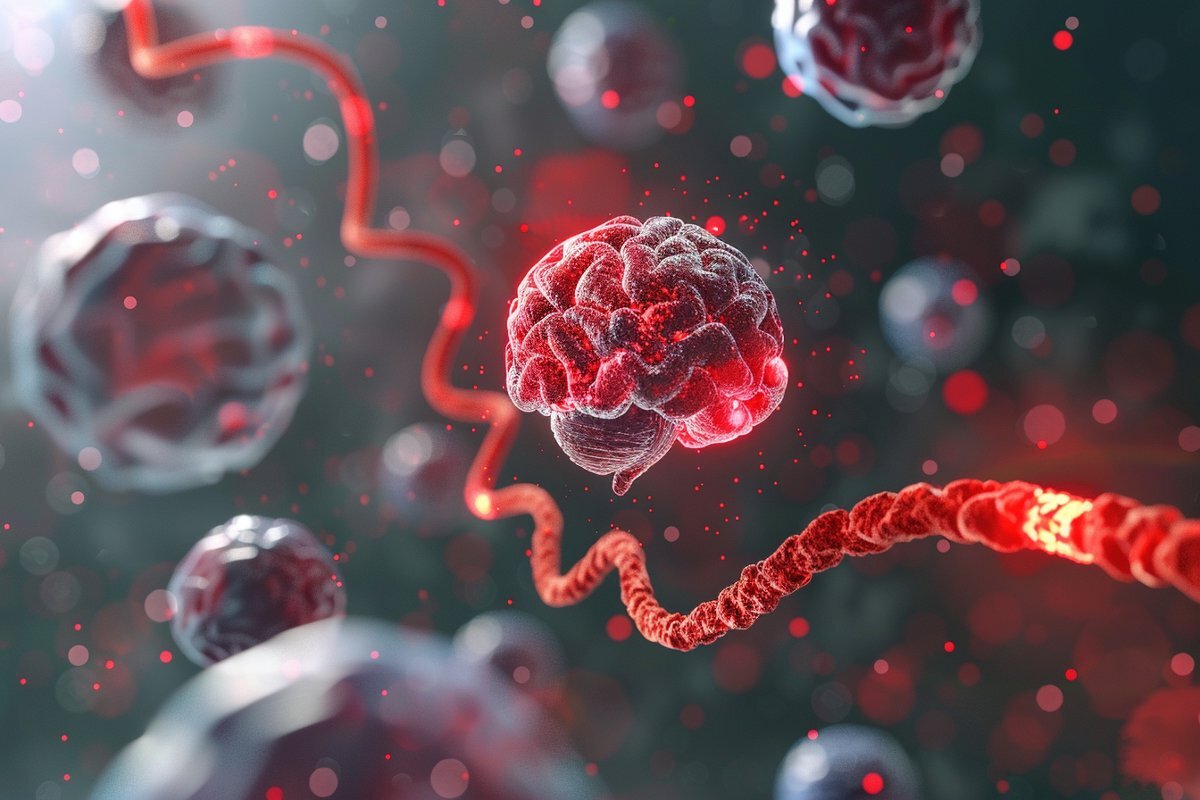
Brain neoplasms, often called brain tumors, are abnormal tissue growths in the brain or spinal cord. These growths can be benign (non-cancerous) or malignant (cancerous). Primary brain tumors originate in the brain, while metastatic brain tumors spread from other body parts. Despite being rare, with about 1 million Americans living with a primary brain tumor, they pose significant health challenges. Symptoms vary widely, including headaches, seizures, and personality changes. Diagnosing these tumors involves imaging studies like MRI and CT scans, along with biopsies. Treatment options range from surgery and radiation to chemotherapy and emerging immunotherapy techniques.
Key Takeaways:
- Brain neoplasms, or brain tumors, can be benign or malignant. Symptoms include headaches, seizures, and personality changes. Early diagnosis and treatment are crucial for better outcomes.
- Research and support services are essential for improving brain tumor treatments. Clinical trials and organizations like the National Brain Tumor Society offer hope and support for patients and families.
Understanding Brain Neoplasms
Brain neoplasms, or brain tumors, are abnormal growths in the brain or spinal cord. They can be benign (non-cancerous) or malignant (cancerous). Knowing more about these tumors can help in understanding their impact and the ways to manage them.
-
Incidence of Brain Tumors: Brain tumors are relatively rare, with about 1 million Americans living with a primary brain tumor. The rate of new cases is 6.2 per 100,000 people annually.
-
Types of Brain Tumors: There are two main types: primary and metastatic. Primary tumors originate in the brain, while metastatic tumors spread from other body parts.
Risk Factors and Symptoms
Certain factors can increase the risk of developing brain tumors. Recognizing symptoms early can lead to better outcomes.
-
Genetic Syndromes: Conditions like neurofibromatosis type 1 (NF1) and Li-Fraumeni syndrome increase the risk of brain tumors.
-
High Birth Weight: In children, a higher birth weight is linked to a greater risk of developing brain tumors.
-
Socioeconomic Position: Both children and adults from higher socioeconomic backgrounds have a higher risk of brain tumors.
-
Common Symptoms: Symptoms vary but often include headaches, seizures, and difficulty thinking or speaking.
-
Personality Changes: Mood swings, irritability, and behavioral changes can also be signs of a brain tumor.
Diagnosis and Imaging
Diagnosing brain tumors involves various tests and imaging techniques to pinpoint the tumor's location and type.
-
CT Scans: These use X-rays to create detailed brain images, helping identify tumors.
-
MRI Scans: MRIs use magnetic fields and radio waves for detailed brain images, often providing more information than CT scans.
-
PET Scans: PET scans use radioactive materials to show how brain tissues are functioning, aiding in tumor detection.
Treatment Options
Treatment depends on the tumor's type, size, and location. The goal is to remove or shrink the tumor and alleviate symptoms.
-
Surgery: Often the first treatment step, surgery aims to remove as much of the tumor as possible.
-
Radiation Therapy: High-energy rays target and kill cancer cells. It can be used alone or with surgery.
-
Chemotherapy: Drugs are used to kill cancer cells, though the blood-brain barrier can make this challenging.
-
Immunotherapy: This treatment uses the body's immune system to fight cancer, though its effectiveness for brain tumors is still under research.
Survival Rates and Research
Survival rates and ongoing research efforts are crucial for understanding and improving brain tumor treatments.
-
Survival Rates: Survival rates vary widely. For example, glioblastoma has a median survival rate of about 15 months.
-
Cell Phones and Brain Tumors: Current evidence suggests no significant link between cell phone use and brain tumors.
-
Brain Tumor Statistics: About 72% of brain tumors are benign, while 28% are malignant.
Advances in Research and Support
Ongoing research and support services play a vital role in improving patient outcomes and quality of life.
-
Molecular Analysis: Next-generation sequencing helps analyze genes to predict prognosis and guide therapy.
-
Clinical Trials: Trials explore new therapies, including immunotherapy and targeted treatments, offering hope for better outcomes.
-
Support Services: Organizations like the National Brain Tumor Society provide emotional support, educational resources, and advocacy for patients and families.
The Future of Brain Tumor Research
Brain neoplasms, though complex, are being tackled with ever-evolving research and treatments. Understanding the incidence, types, risk factors, and symptoms is crucial for early diagnosis and effective treatment. Advances in diagnostic tools and treatment options offer hope for better outcomes. Surgery, radiation therapy, and chemotherapy remain primary treatments, while immunotherapy and molecular analysis pave the way for personalized medicine. Clinical trials continue to explore innovative therapies, aiming to improve survival rates and quality of life. Awareness and support services play a vital role in helping patients and families navigate these challenges. With ongoing research, the future holds promise for those affected by brain tumors. By staying informed and supporting research initiatives, we can contribute to a brighter future for brain tumor patients.
Frequently Asked Questions
Was this page helpful?
Our commitment to delivering trustworthy and engaging content is at the heart of what we do. Each fact on our site is contributed by real users like you, bringing a wealth of diverse insights and information. To ensure the highest standards of accuracy and reliability, our dedicated editors meticulously review each submission. This process guarantees that the facts we share are not only fascinating but also credible. Trust in our commitment to quality and authenticity as you explore and learn with us.


